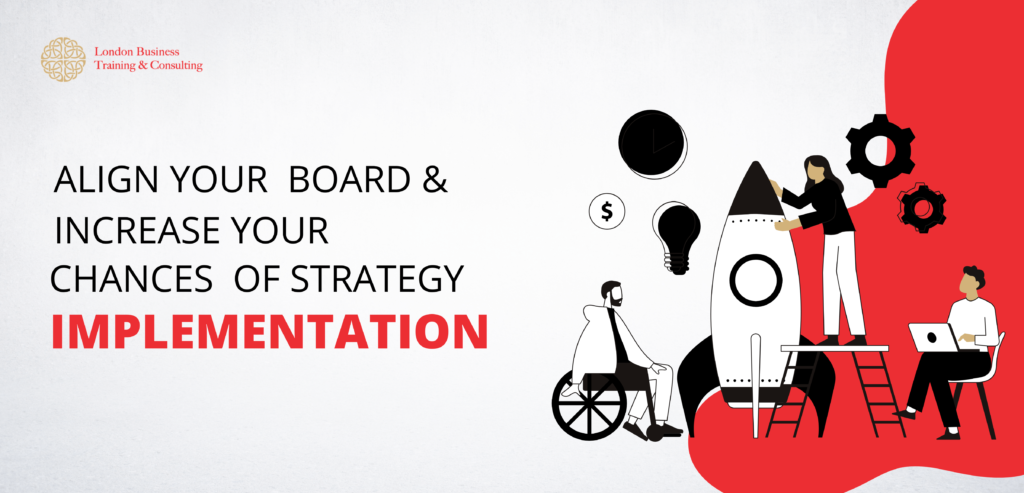
While your board can play an essential role in making strategic decisions about your organisation, the impact of these decisions can be drastically limited if board members aren’t aligned with the organisation’s vision and don’t have complete information about the market and competitors. To improve your chances of strategy implementation, start by getting your board aligned and engaged with where you want to go and the direction of the entire organisation.
The challenges of implementing strategy in an organisation
There is a saying that strategy without execution is just a dream. So what makes strategy implementation so challenging? There are many answers to that question, but perhaps one of the most common issues we hear about is getting executive support and alignment on strategy. This starts with bringing your board fully engaged and aligned with where you want to go and directing them on how they can help you achieve it. It’s important to remember that boards aren’t there to tell you what to do; they’re there to support and advise you in achieving your strategic goals.
Three ways to align your board
1. Outline your strategy and explain it to your board members.
2. Work to understand your board members’ strengths, roles, interests and experience to make sure they’re aligned with your goals.
3. Include as many board members as possible in discussions around challenges and successes; that way, you can work together to plan strategies for future challenges ahead. Having an engaged board doesn’t just increase the chances of company growth—it also increases employee satisfaction levels since you have a group of people invested in helping your organisation reach its goals!
Why aligning your board matters
While strategic planning is essential, it’s even more critical to communicate and implement your strategy as an organisation. One surefire way to ensure you’re on track with your vision is by working together with key stakeholders—namely, your board. The first step toward aligning their efforts in ensuring that all members understand your business goals and expectations for them. From there, develop a framework that outlines their role in achieving those goals and set aside time for regular meetings during which you discuss progress. In turn, they can help you gain insights from outside perspectives that may have fallen under your radar but are critical to moving forward on various projects and initiatives. (This helps minimise groupthink, so you don’t lose sight of what matters most.)
The benefits of aligned boards
You’re on your way to a dreamy work-life balance, but you feel pulled in two directions: building your business and spending more time with family. As a CEO, how can you ensure your dream aligns with everyone else’s? It comes down to making sure everyone on your board is aligned with your business strategy. Aligned boards help CEOs focus their time on executing and growing their companies instead of struggling over everything from which website platform to use to who should be hired for an open position. When boards are misaligned, it’s hard for CEOs to stay focused and productive because they spend all their time playing defence rather than going after new opportunities.
The Bottom Line
Aligning your board and leadership team is one of the most important things you can do as a leader. As difficult as it may be, you need to walk them through your strategic direction and why they should commit to going there with you. Many leaders have no idea how to do that effectively; if you’re in that group, enrol for a management consultancy course from LBTC and take immediate steps to align your organisation’s boards.

Leave a Reply